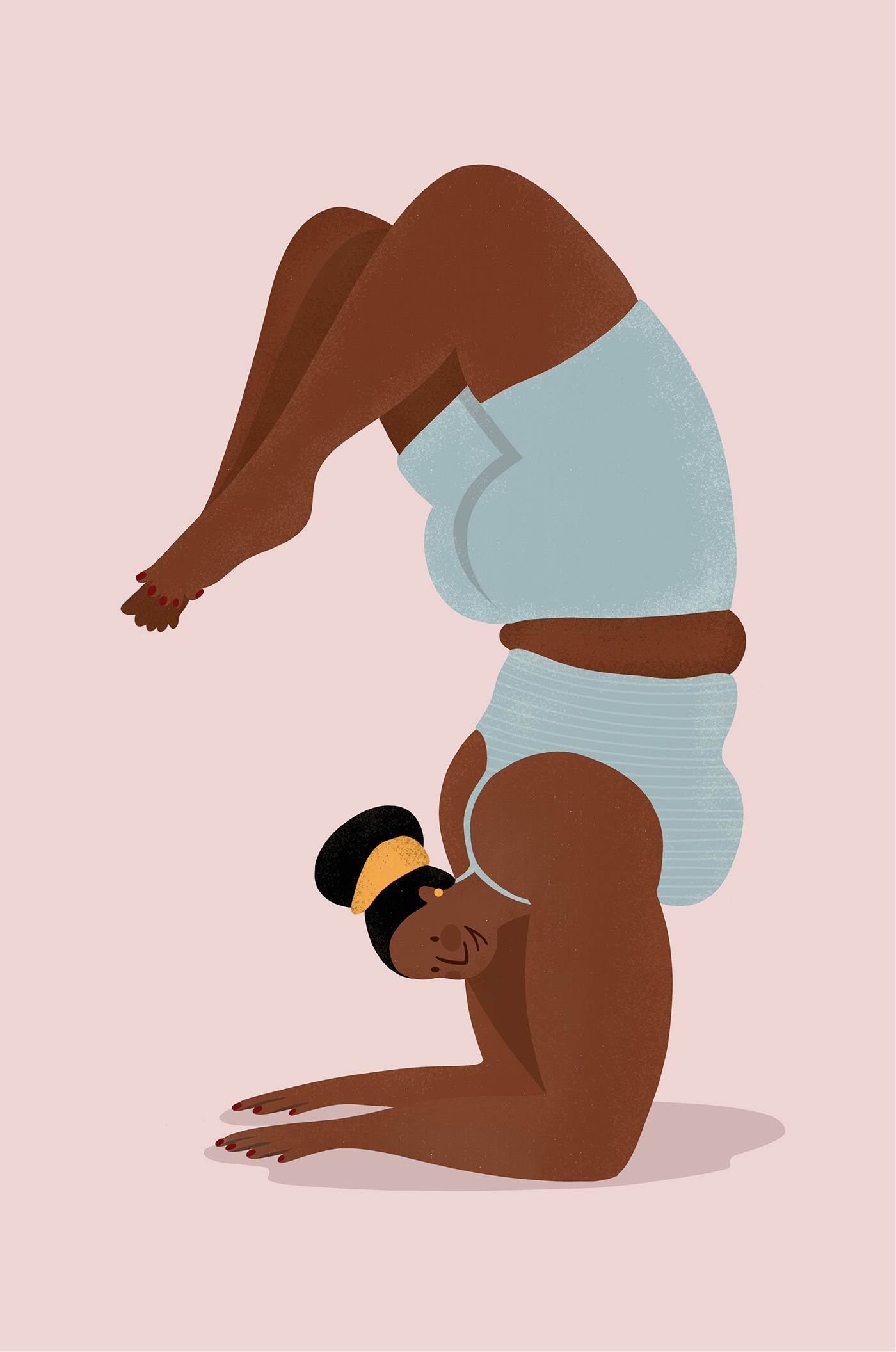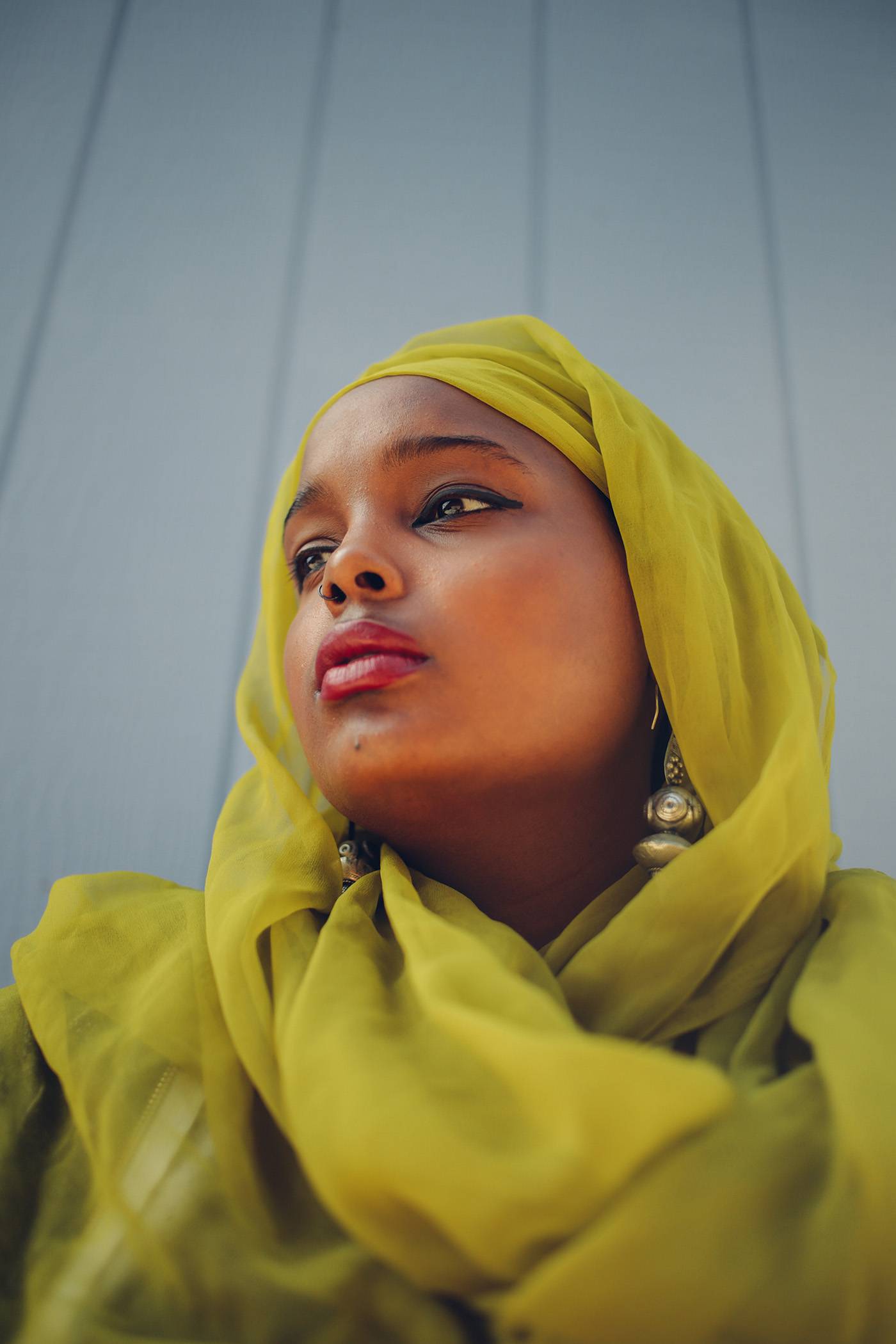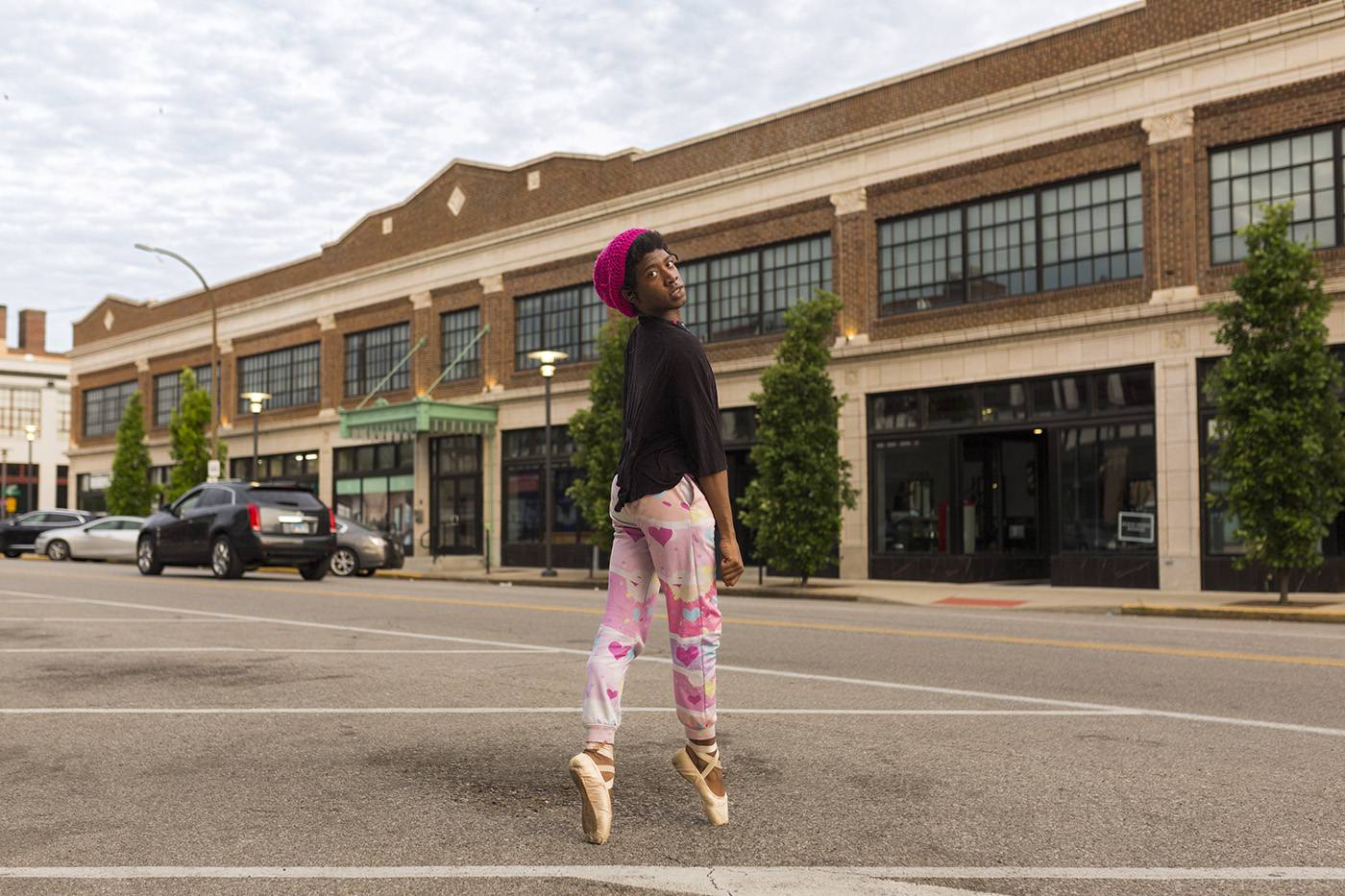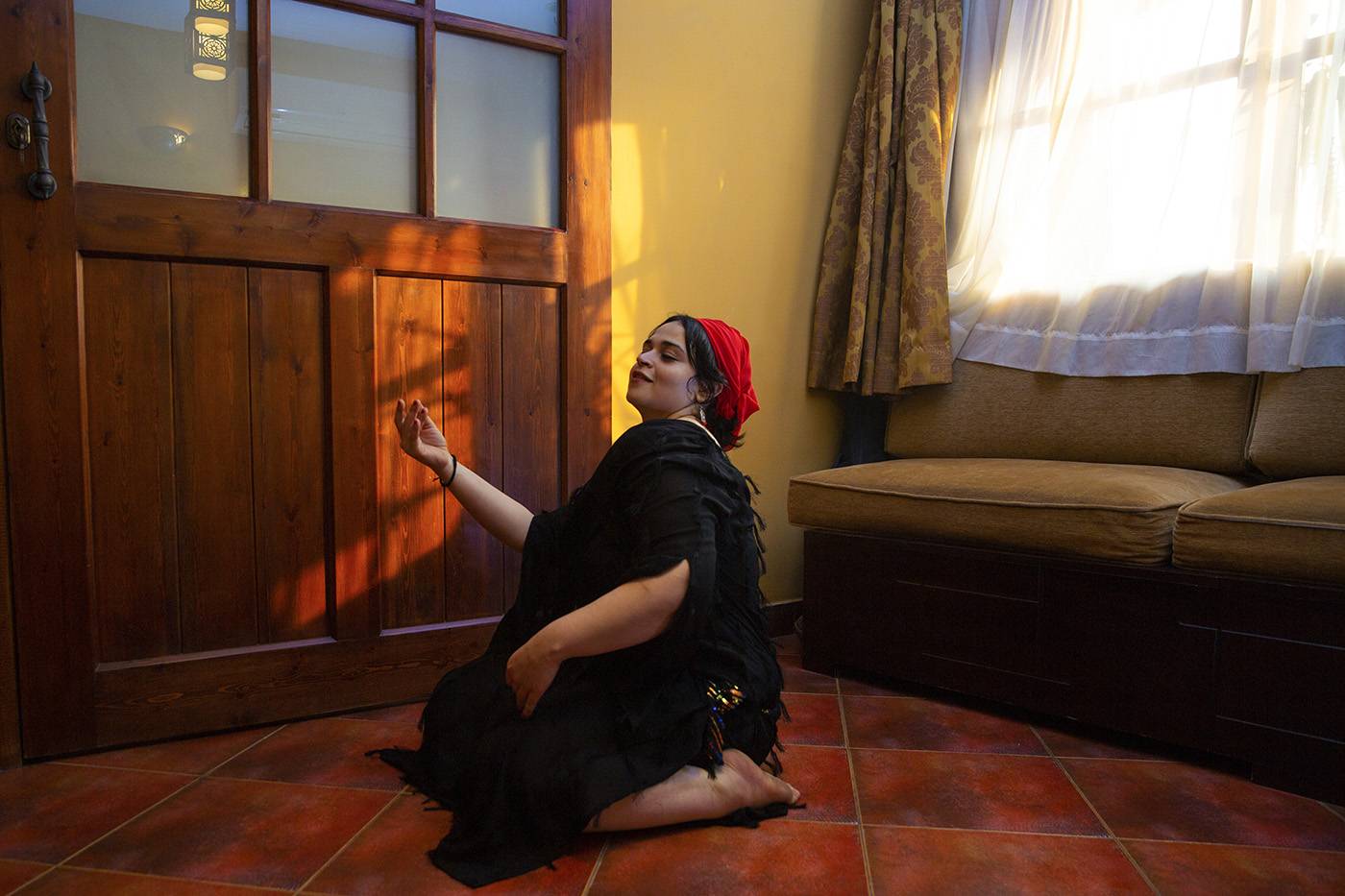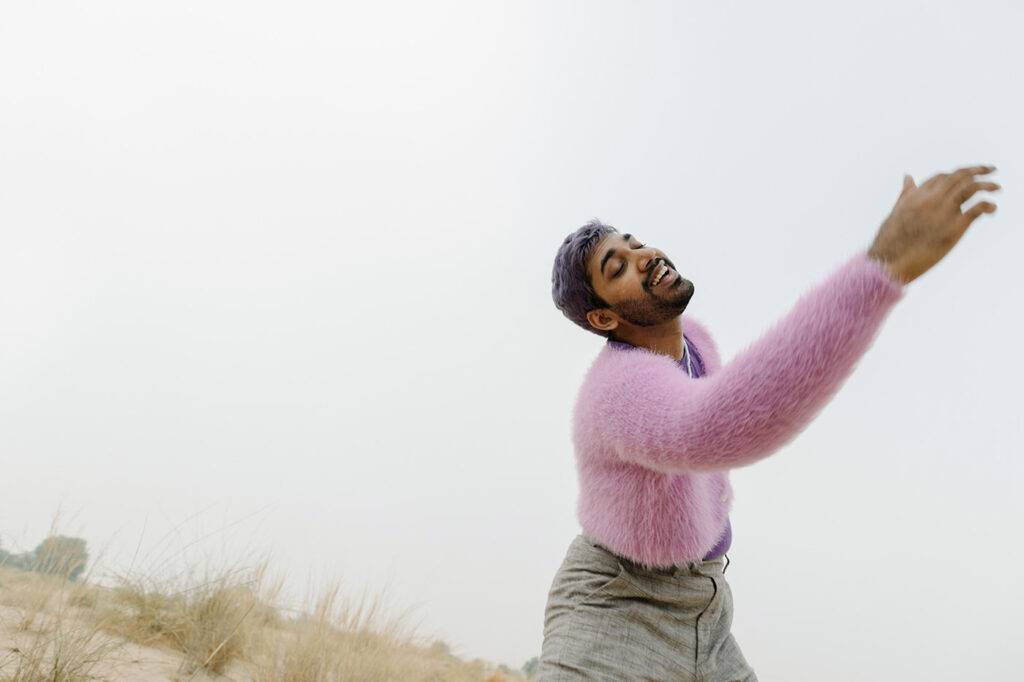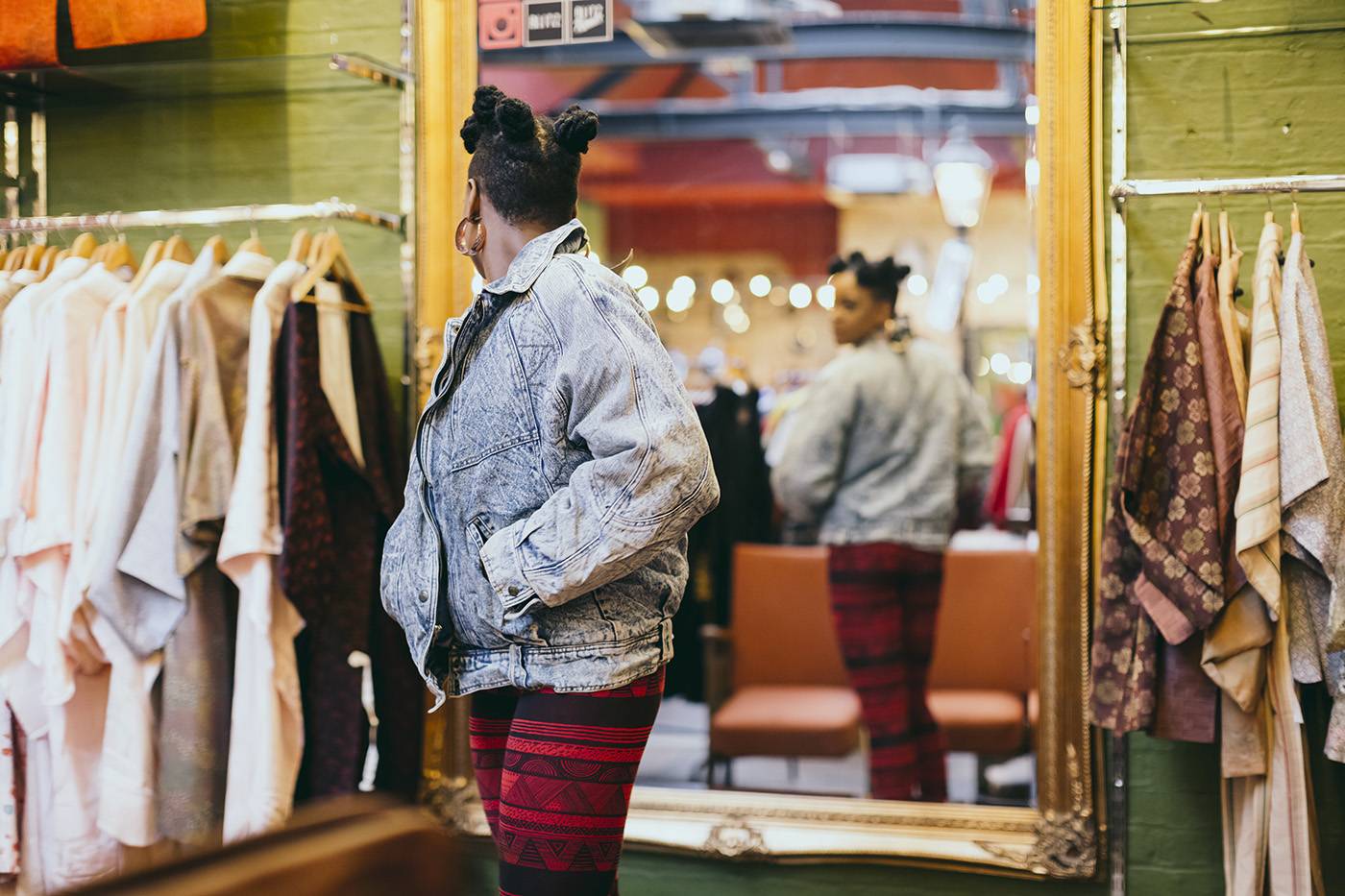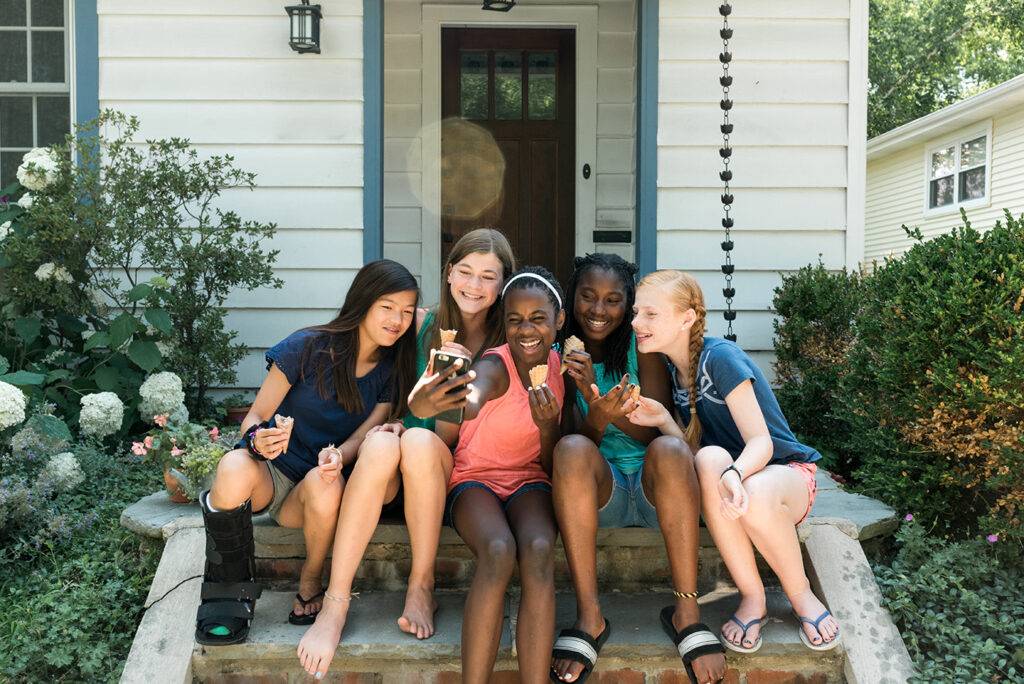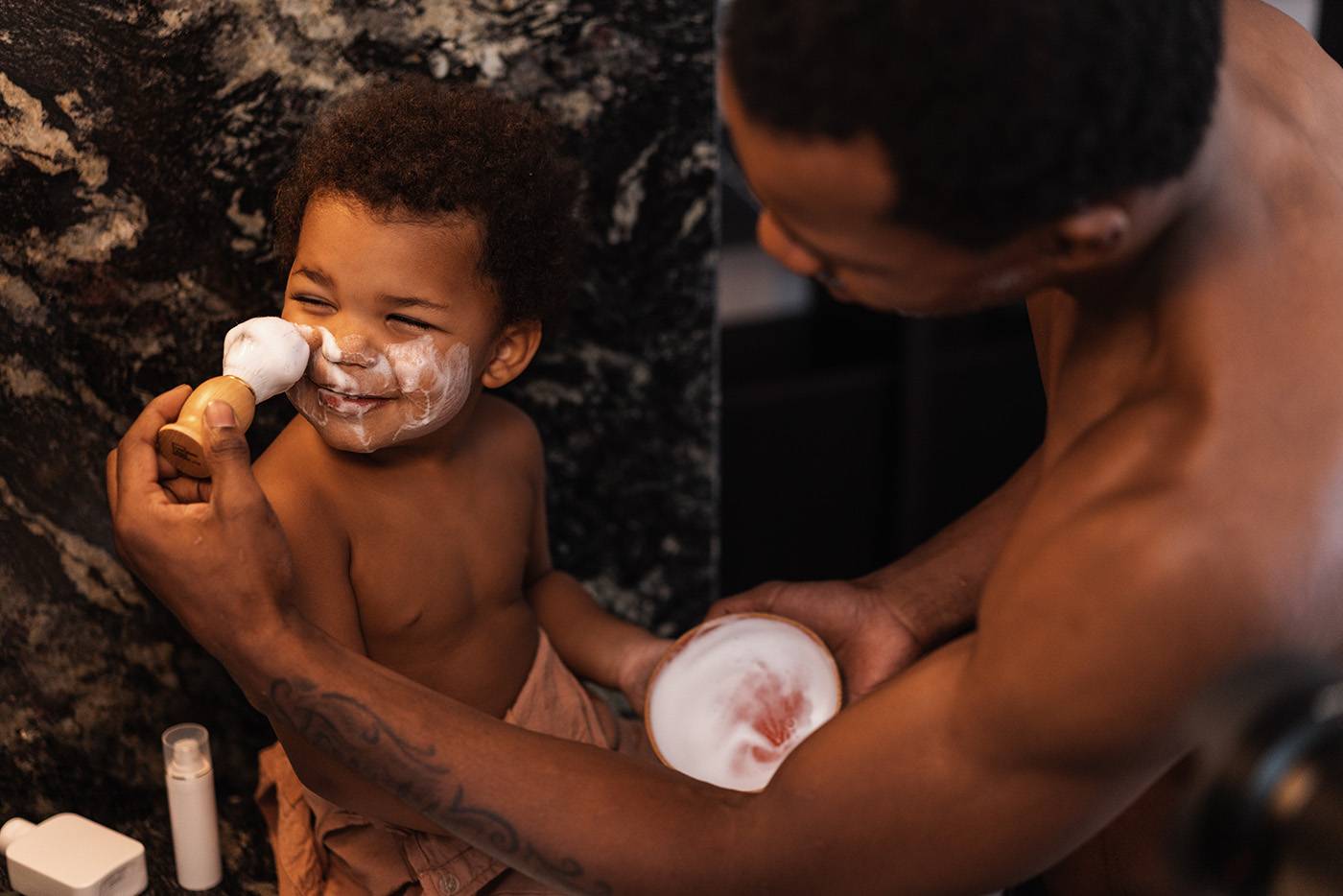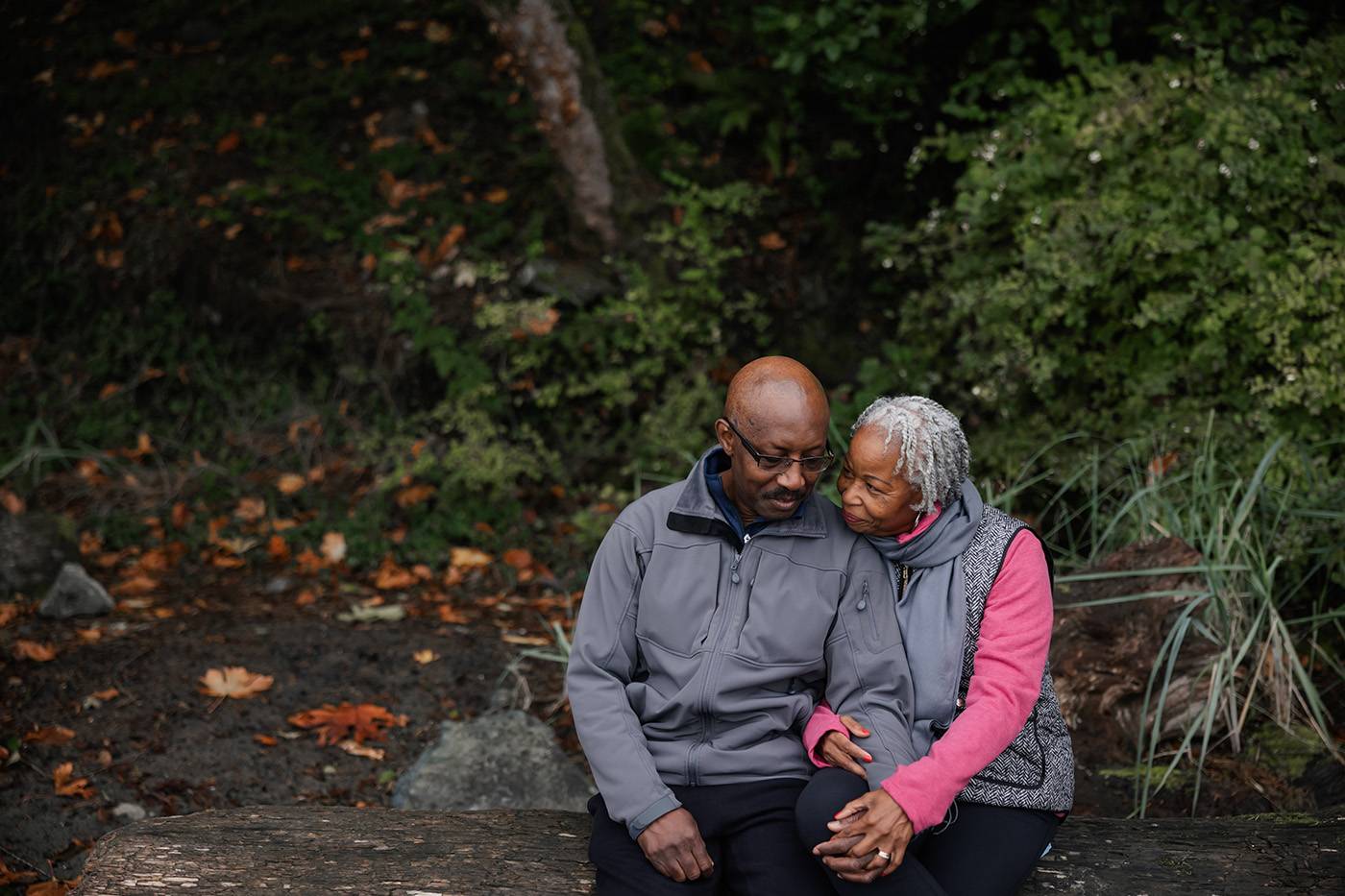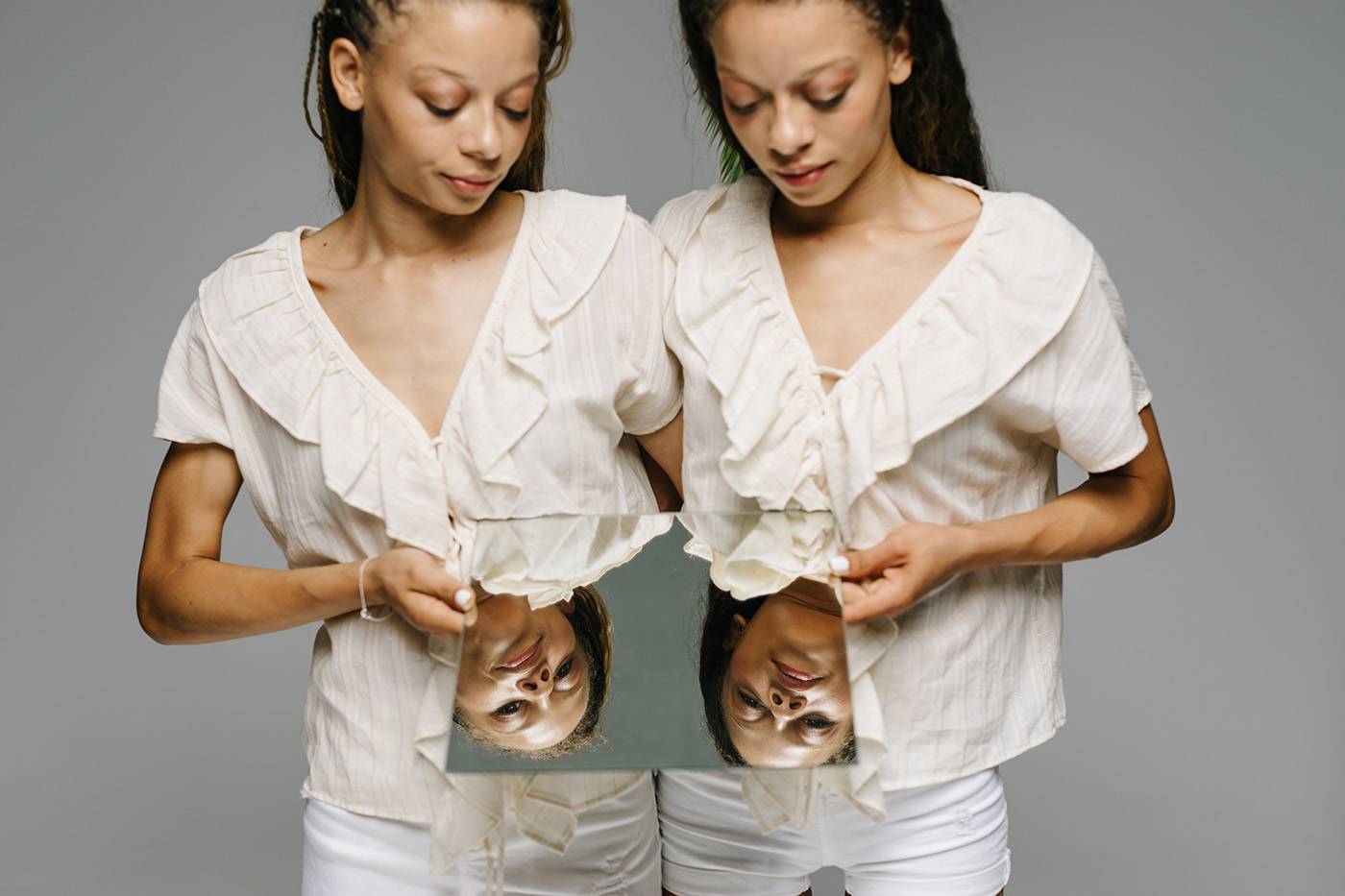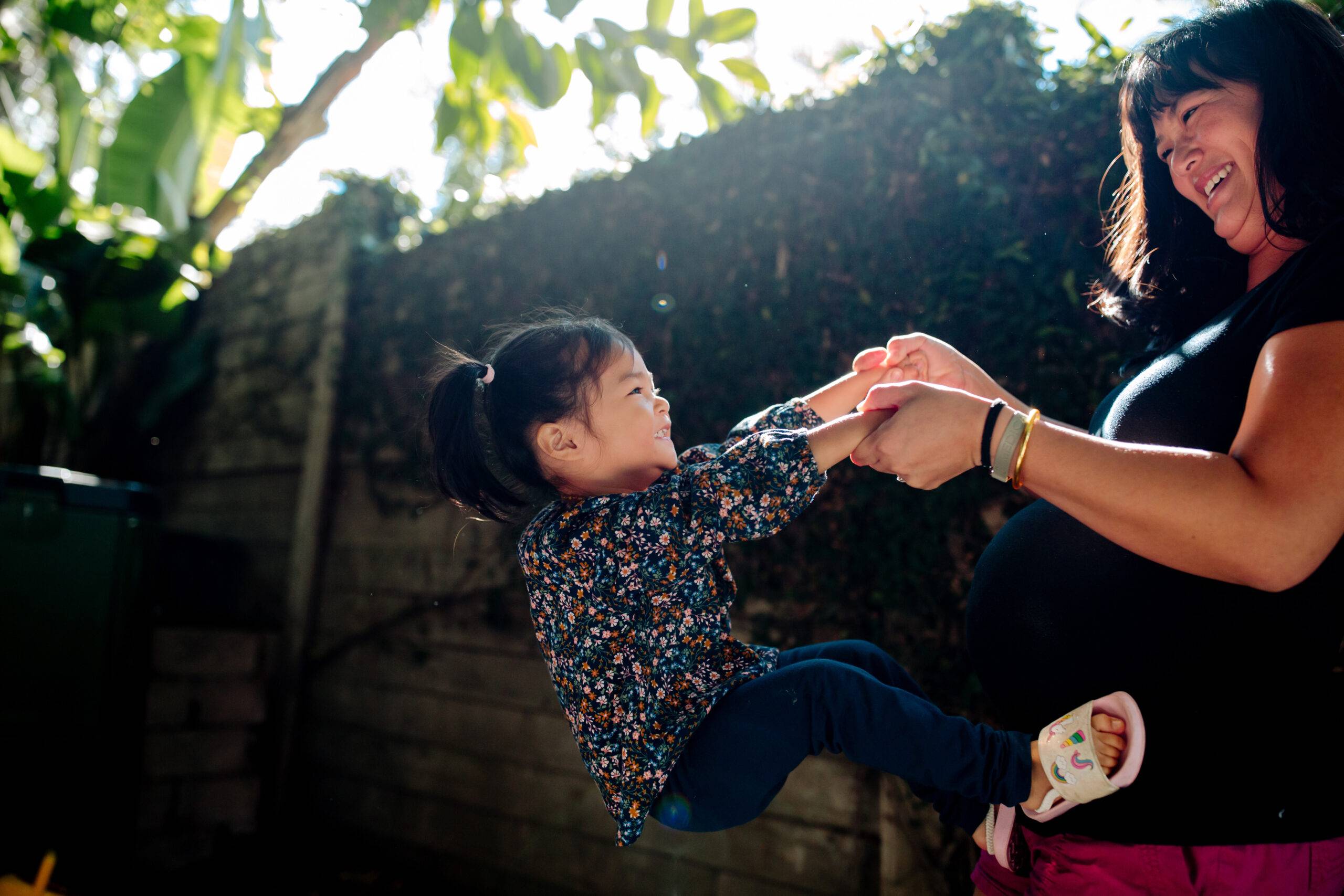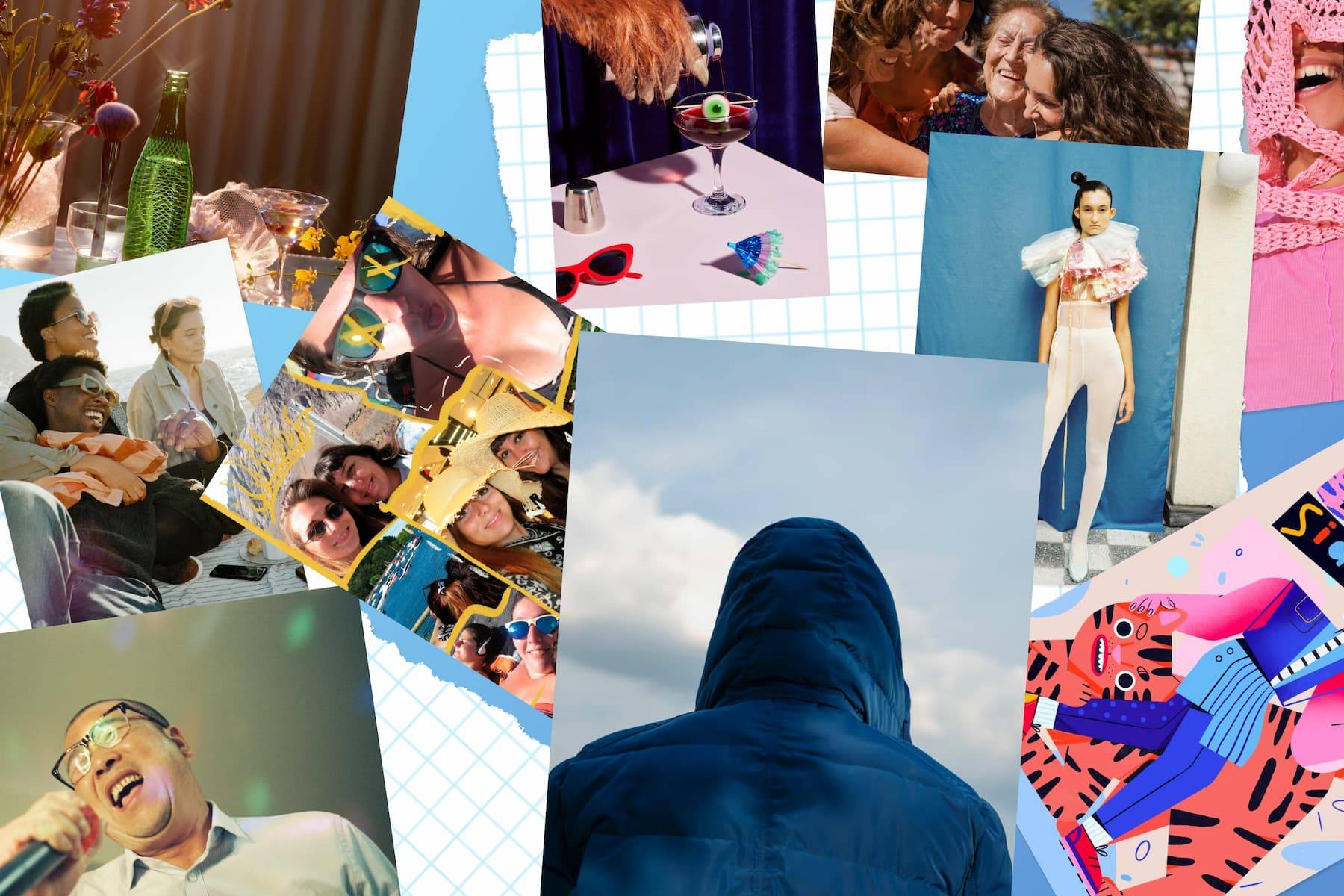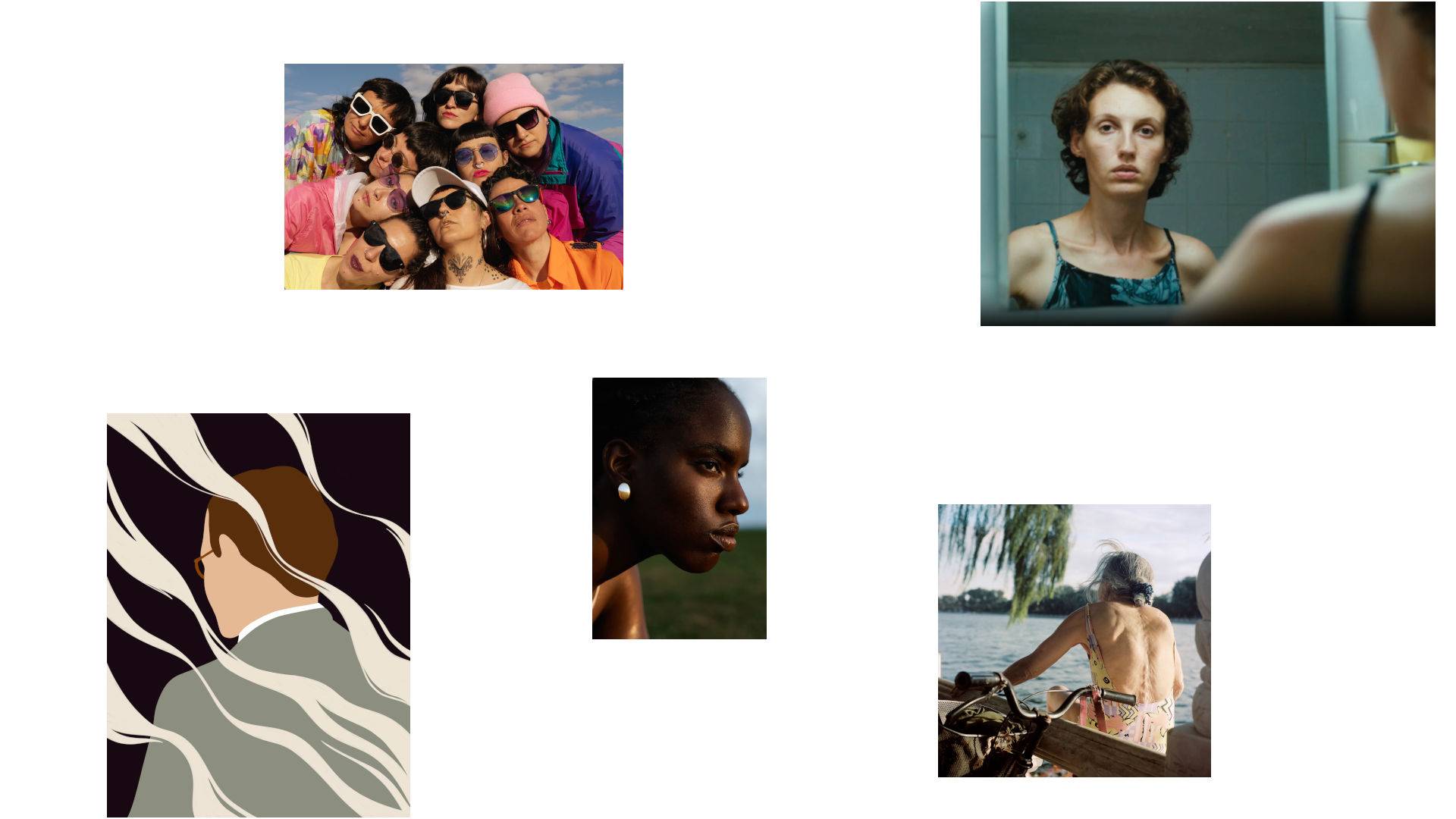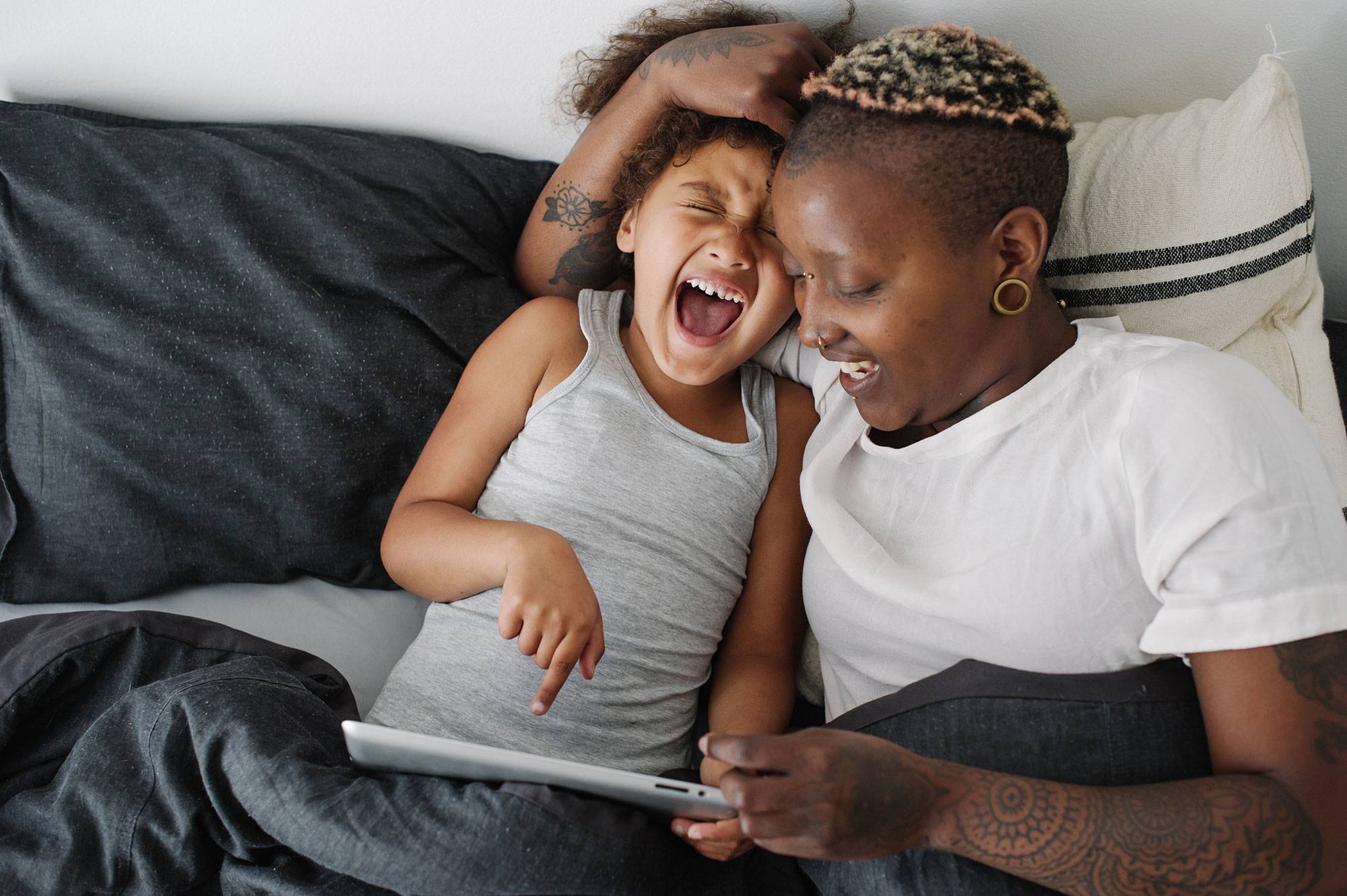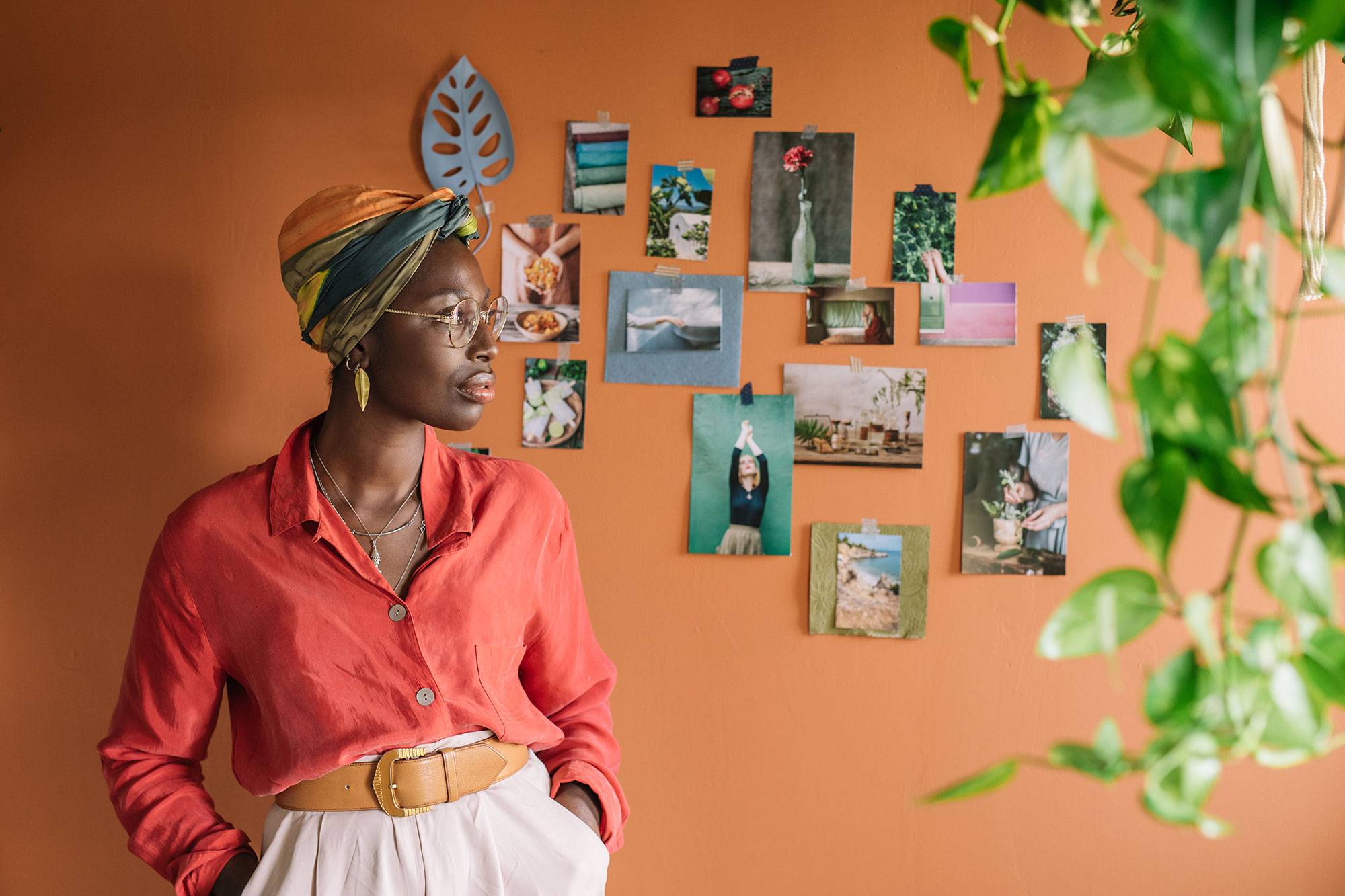The past few years show a monumental shift in marketing and advertising to better reflect the real world. Although media has made efforts to improve visibility of underrepresented communities in the past, the cultural events of the 2020’s pushed those efforts into hyperdrive. Today’s audiences are aware of the imbalances in the media and have little patience for brands that adopt a business as usual approach. The result is a broader visual landscape that better captures the full spectrum of identities and puts agency in the hands of diverse creators.
Why does representation in marketing matter?
According to a global survey from Ipsos and the Female Quotient, 72% of consumers say most advertising doesn’t reflect the world around them, and 63% don’t see themselves represented in most brands’ marketing materials. If over half the population is not representatively portrayed in the media, brands have a massive opportunity to acknowledge the gaps between current representation and to reflect the world as it truly is.
This push for authentic representation in media is intersectional and far-reaching. It means creating equitable, accessible spaces and exposing centuries of ableism, gender exclusion, racial injustice, body-shaming, and misrepresentation.
“When communities, constituencies, or identities are not included in media and marketing, this unintentionally reinforces social and/or psychological conditioning which says, in effect, this group or that isn’t important or significant enough to merit representation, and the status quo continues,” Lawrence Carter-Long, the Communications Director at the Disability Rights Education & Defense Fund and the Director at the Disability & Media Alliance Project, says.
Organizations can start to turn the tide by acknowledging underrepresented groups, identities, and communities. Start thinking about ways to highlight the everyday, lived experiences of varied audiences in branding and visual communications. When considering diversity, equity, and inclusion (DEI) in brand development and marketing campaigns, there are some best practices to keep in mind.
Research before you reflect
Inclusion begins with education and research, whether you’re commissioning a shoot or using stock images to advertise a product or illustrate a story.
“Media-makers should always be knowledgeable about the particular identity which is being presented, and that knowledge must be visible through the choice and design of the visuals used,” Jeremy Ullmann, a Social Media Manager at the Media Diversity Institute, says.
Using stereotyped stock imagery is still an acute problem in marketing often caused by a lack of knowledge and awareness. The main criticism of commercial imagery is ‘I do not see myself in it.’ If you’re advertising or reporting on people, take the time to learn about them. Complacency is a silent danger to brands. It sneaks up as marketers and creative professionals reach for the easiest and most obvious visual media to accompany a project or campaign.
Stock media was traditionally created by a narrow subsect of cis-hetero, white men and represents that lens. Although efforts are being made to diversify stock media, that lens still permeates western culture and seeps into brand identities when unconsciously chosen. The “business as usual” model is no longer acceptable among modern audiences so there needs to be greater care taken when reaching for visuals to accompany marketing materials.
Identity groups will always recognize whether the content they consume understands their identity or not. Inviting those communities into the conversation about media representation ensures that campaigns are authentic and representative of the audience.
When purchasing stock images, make an impact on your brand and the world by putting in the appropriate research on the subject you are looking to represent.
Collaborate and listen
Sometimes representation (or lack thereof) missteps are a symptom of ignorance. As the idiom goes: you don’t know what you don’t know. This is why it is of the utmost importance to not only do your research but to also seek out the first hand perspectives of the audience you represent.
We have all seen the consequences of omitting underrepresented and marginalized voices in marketing and branding. In 2019, Gucci admitted after releasing a controversial sweater that the fashion house had not considered the perspective of Black buyers because there were no Black people in the room.
While diversity and inclusivity are often used interchangeably and sometimes flippantly, equity sets the bar higher. To truly gain the trust of a global audience and evolve your brand’s marketing practices, underrepresented demographics and subgroups should not only be visually present in campaigns but also be a part of their development.
This brings on the significance of being intentional in one’s objectives and, perhaps most importantly, authentic in their realization. While certain brands reactively scramble to diversify campaigns, many fall into the realms of inauthenticity or tokenism. There’s a stark difference between proactive, authentic efforts to examine existing brand practices to achieve equity versus throwing a band-aid solution on organizational inequality.
“Token representation and half-hearted calls for “diversity” are not enough to solve equity problems within our industries,” says Authority Collective, an organization of women, non-binary, and gender-expansive people of color working in the photography, film, and VR/AR industries. “Allyship in visual media industries is more than merely recognizing privilege and voicing support — it’s about harnessing that privilege to elevate underrepresented storytellers with direct action.”
For Carter-Long of the Disability & Media Alliance Project, a similar principle holds. “To move the needle in meaningful ways, we [people with disabilities] have got to be in the rooms and in positions where decisions are made,” he tells us. “You want to make a real difference? Something beyond the usual? Then hire us. I suspect that’s when things’ll really start to shift. And we’ll be able to tell by the difference in the way marketing is done.”

True inclusivity begins at the drawing table, and when steps are taken to diversify talent and leadership, more representation will follow. Gucci’s and many others’ missteps highlight brands’ opportunities to add more perspectives to the table when developing products and strategies for marketing them.
Crowdsource, hire staff, contract consultants, and seek out creative talent from diverse backgrounds to widen your pool of perspectives when conceiving and executing a campaign. Collaboration often means making space, listening, and learning. It can also mean stepping aside when someone else is better equipped to tell a particular story.
When choosing stock media for your campaigns, keep these principles in mind and look for content created by people from within the communities you want to represent when possible. And when choosing a stock media provider, opt for an organization that treats and pays its contributing artists respectably.
Reflect intersectionality
Intersectionality refers to how different identity markers — like race, gender, sexuality, and class — interact and affect each other. These intersections of identity create distinct, unique, and widely varied experiences.
Most underrepresented people belong to more than one subgroup or demographic, but you wouldn’t know it by surveying the media or pop culture landscape. It’s another case of ignorance to the evolving awareness of identity and the human experience. For some, it’s a lot to comprehend, but rather than deny or resist that, brands and marketers can make giant leaps by opening to that growing awareness to change course and evolve.
“In recent years, we’ve seen Black people featured in marketing visuals more often and by bigger and bigger brands, which is a good first step,” the team at the Color of Change, a not-for-profit that leads campaigns that build real power for Black communities. “But, Black people are not a monolithic group. We have diverse appearances and experiences, and we are all uniquely beautiful.”
Recognizing that underrepresented groups are not homogenous in nature and are as varied and intersectional as any community is an exciting part of evolving visual storytelling and brand messaging. The inclusion of intersectional portrayals in advertising drives consumers’ feelings of “closeness” with a brand. There are many people, countless perspectives, and infinite lived experiences to learn from and showcase.
For example, as the discourse surrounding gender inequality becomes more intersectional in the mainstream, brands with their finger on the pulse recognize the spectrum of gender and gender expression as more than binary and move towards fluid models of product development, marketing, and communication. Unsubscribing from conventions doesn’t mean shying away from any forms of gender expression and going gender-neutral. Rather, find an iteration of diversity that captures positive gender inclusivity and reflects a more representative spectrum of gender expressions.
“Adoption of intersectionality in advertising is crucial to driving social change in societies around the world because of advertising and the media’s powerful role in influencing behaviours, shaping beliefs, and reinforcing social attitudes,” quotes the World Federation of Advertisers in their report Beyond Gender 2: The impact of intersectionality in advertising.
Not only do harmful representations of marginalized groups need to be removed, but they also need to be proactively replaced with nuanced representations of people that show the true scope of their humanity and the complexities of life and identity politics. Perhaps the most critical step to achieve this is to have representation in the creative process.
Reflect the real experience
Evolving branding and marketing practices to include more diverse representation and increase the visibility of minority groups is a great starting point. The common error made when developing collateral and visual materials, however, is pointing directly at those efforts. Rather than drawing the audience to the wheelchair or the skin color or gender expression as the focal point, the real change comes when intersectional underrepresented communities are simply present in a campaign or project, without the “hey, we did a diversity thing” cue.
For example, transgender folks don’t necessarily need to be shown wrapped in a flag to legitimize their right to exist. Curve models don’t need to have their parts focused on (especially with their heads cut off) to show that your brand believes they should be proud to love their bodies. People with disabilities don’t always need to be playing sports with a focus on their disability. They can just be there. Seen. Known. Valid. Grocery shopping. Drinking coffee. Commuting to work. Living life as it is. If a campaign is about a brand of green juice that supports a healthy gut, show a multitude of people in regular situations enjoying that good gut health. Everyone deserves to be regular if they want to.
“If you are not centering the thoughts, wishes, desires, and experiences of a variety of communities in your work, then you are missing out — not only on largely untapped markets but also on the creative energy and insights born from their experiences,”
Think long-term
Achieving diversity, equity, and inclusion in marketing is a long-term commitment. In contemporary culture, brands are scrutinized for maintaining colonial worldviews and for failing to update policies and practices. Structural, meaningful change is possible when people commit to creating tangible progress toward social justice that goes beyond lip service.
Decolonizing a brand is no easy feat. It takes time and resources, and there will, without any shred of a doubt, be missteps and failures along the way. But it’s a necessary practice and evolution in today’s world of advertising, media, and marketing.
“What gives me the most hope are the stories of minority voices calling out brands for ignorance,” Ullman of the Media Diversity Institute says. “These voices have more power than ever to hold brands and marketers to account. It might be a painful road for some marketers for a while, but being challenged to really think hard about the content they create will only help them in the long term.”
For marketers and media professionals, making the change could mean investing in marginalized voices, championing visual media creators with diverse perspectives, and hiring crew members and art directors who can offer fresh insight and wisdom. “A huge part of this push for authentic diversity in marketing comes down to changing what we see and unconsciously absorb,” the Color of Change team explains. “Brands are trying to tell stories with their messaging, and by creating an authentic, nuanced portrayal of Black people, their stories can lead to institutional change.”
The future of reflective marketing
The media is a reflection of what we value as a society. The media we use as brands is a reflection of what we value. When we reflect authenticity we create more connections. Ultimately, diversity in marketing helps everyone.
“If you are not centering the thoughts, wishes, desires, and experiences of a variety of communities in your work, then you are missing out — not only on largely untapped markets but also on the creative energy and insights born from their experiences,” Carter-Long tells us. “Get it right, and we’ll sing your praises to our friends, colleagues, and the news media, who are always watching.”
When media isn’t representative of real communities, people, and identities, we fail to reflect the real world authentically and honestly. By recognizing and tapping into our evolving reality, we can champion the creative process, grow with the world, and increase the success of all brand and marketing efforts holistically.
At Stocksy we produce content that reflects diversity, intersectionality, complexity, and the evolution of modern culture. We help brands reflect the real world. We help people have reflection points. We help marketers to identify and reflect on cliches, tropes, and stereotypes. #ReflectTheRealWorld










